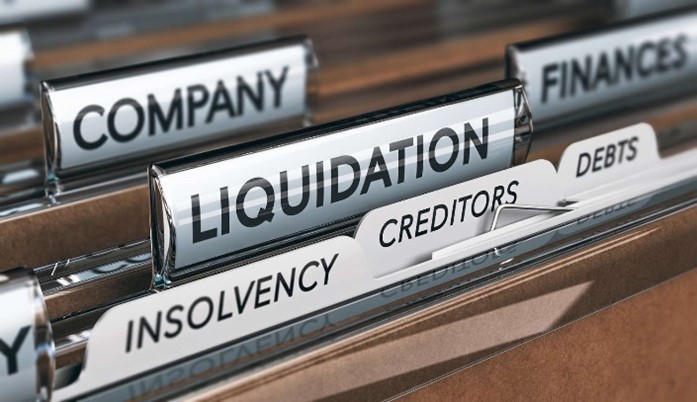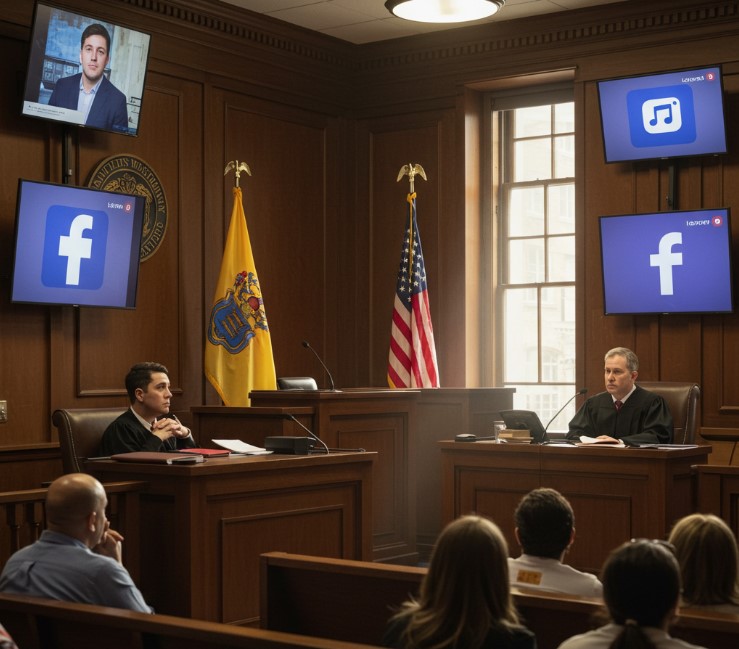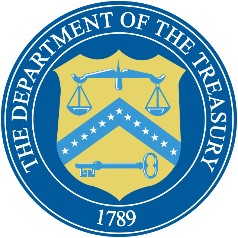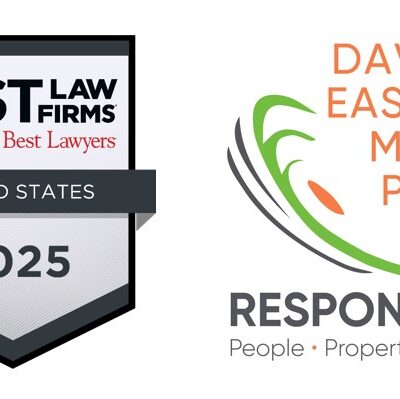What To Do When You Receive a Letter Demanding That You Pay Back Money Previously Received from a Client That Has Since Filed for Bankruptcy
In good economic times and bad, business owners face a dynamic range of concerns. One for example, their customers may file for bankruptcy, or have in fact, filed for bankruptcy. What is law when a customer files for bankruptcy? This article discusses one of many aspects: “avoidance” or “preference” claims and how to best respond to them.
Business owners may receive a letter from a law firm representing their bankrupt client, or the client’s “bankruptcy trustee” or “liquidation agent.” The letter will claim that certain payments the business owner received from the client long ago constitute “preferential payments.” The letter may go on to demand the business owner must return the money to the law firm sending the letter or the business owner will be sued. Ironically, the client may still owe substantial monies to the business owner. The business owner may already be aware that because of the client’s bankruptcy, he or she can no longer sue the client itself for monies due. The business owner expects to receive little more than pennies on the dollar through the bankruptcy process. Nevertheless, the owner now faces a lawsuit. How can this be?
One of the goals of the United States Bankruptcy Code is to prevent a debtor from “preferring” some creditors over others right before filing for bankruptcy. Thus, the Bankruptcy Code empowers a Bankruptcy Court to order the return of certain payments made by a debtor to creditors shortly before the debtor’s bankruptcy. Such payments are called “preferential transfers.” The person making the demand must prove several things to show that the payment is a preference.
- First, the debtor needs to make the payment within a certain time. Typically, the “preference period” is the ninety days before the bankruptcy filing date.
- Second, the person bringing the claim must show that the creditor received more than it would have received if the payment was not made, and the creditor was instead paid through the bankruptcy process.
- Third, other proofs required are that the payment was a transfer of a debtor’s interest in property, for the benefit of the creditor, while the debtor was insolvent, and on account of an “antecedent” (pre-existing debt).
While many payments very well may meet all the criteria above, that is only part of the story. All is not lost for the business owner. Recall, the goal of the Bankruptcy Code’s preference section is to prevent unfairness by a debtor shortly before filing bankruptcy to “prefer” some creditors over others. The goal is not to get all of the money back from every creditor.
Thus, the Bankruptcy Code provides numerous defenses, which, when proven by the creditor, may prevent a return a portion or all of the money demanded. Among other things, a creditor can successfully defend against a preference demand by showing that the payment was intended to be, and was in fact, a “contemporaneous exchange for new value given” (best example – a C.O.D. payment). Similar defenses include showing that the payment was made in the “ordinary course of business” within the meaning of the Bankruptcy Code (essentially, the payments in issue did not deviate in large extent from the payments made outside the preference period, or that the payments were otherwise made in accordance with ordinary business terms.).
Additionally, there is the “new value” defense that provides a credit against the preferential payments for additional goods or services rendered after the payment was received, usually where the creditor did not receive payment for such additional new goods or services. There are several other defenses set forth in the Bankruptcy Code including various limitations as to the minimum amount that needs to be in issue (preventing lawsuits for only a small amount of money) and requirements as to where the avoidance action needs to be filed if the amount in issue falls below a certain dollar amount (preventing business owners from being sued on small claims in a faraway court). Further, there are strict deadlines to apply for the filing of such claims.
So, what should you do if you receive a preference demand?
- Gather up the paperwork relating to the entire history of billings and payments with the client in issue. This includes the general account ledger along with copies of all purchase orders, invoices, proofs of actual delivery dates and proofs of payment and the timing thereof.
- Review the list of the client’s outstanding account payables (if any) tracking the dates of the purchase orders, invoices and delivery dates.
If these topics are familiar, you should seriously consider providing aforementioned materials, along with the demand letter received, to our firm. We are here to help.
Davison Eastman Munoz Paone, P.A., has decades of experience helping business owners respond to avoidance claim letters and lawsuits. We have successfully resolved considerable preferences demands in cases pending across the country. In many instances, we have resolved such claims simply through the exchange of letters and saved our clients the expense of dealing with a lawsuit. Our significant experience in reviewing the underlying demand, identifying the possible defenses, and engaging in zealous negotiation and advocacy for our clients.
If you receive a preference demand and require our help, or if you would simply like to know more about this topic, please contact us. Again, we’re here to help.
An article by Michael J. Connolly, Esq.













